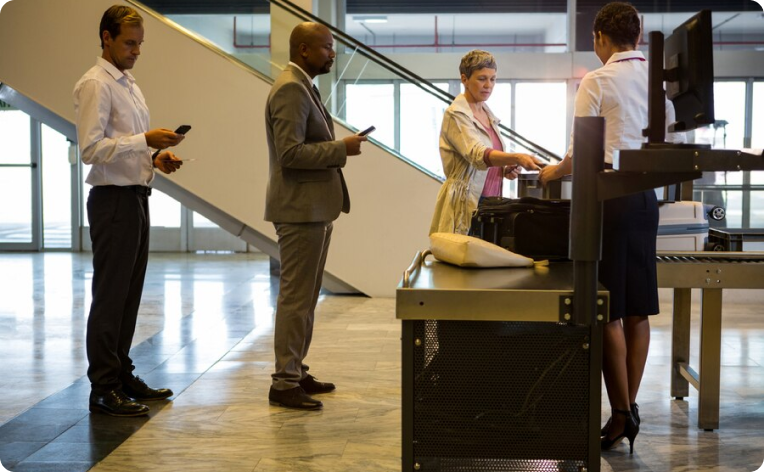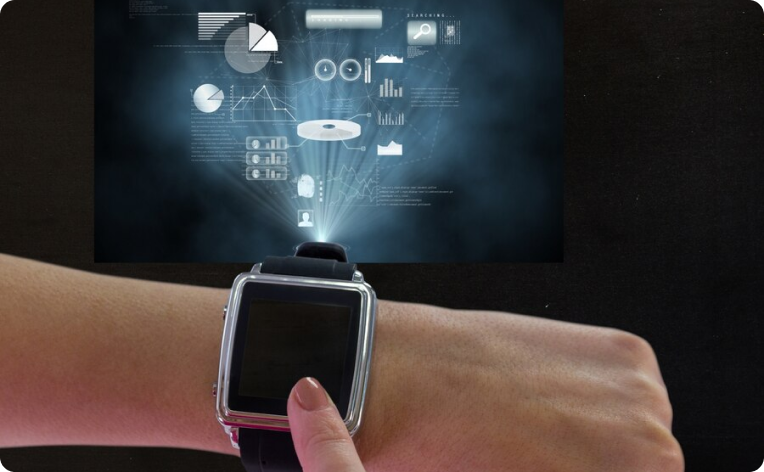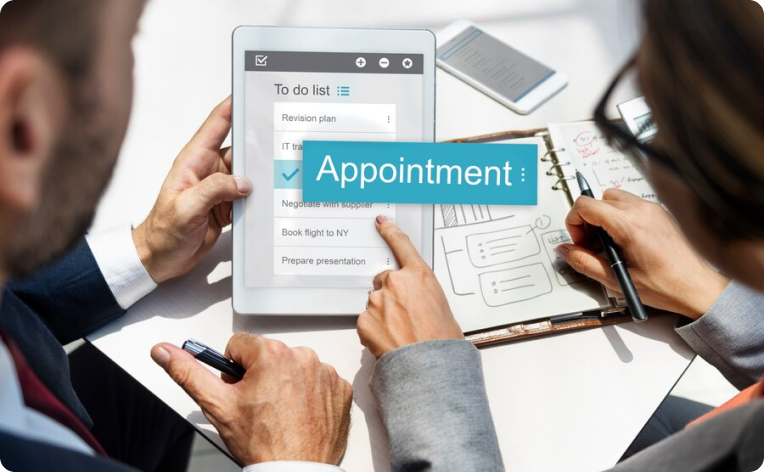QMS
A Queue Management System (QMS) is a software and hardware solution used to manage and optimize customer flow and service delivery in various settings, such as retail stores, government offices, healthcare facilities, banks, and customer service centers. The primary goal of a Queue Management System is to improve customer satisfaction by reducing wait times, increasing efficiency, and enhancing the overall service experience. 
Here's a detailed description of a Queue Management System:

When a customer arrives at the service location, they can use the QMS to register themselves for the specific service they require. This can be done at a self-service kiosk or through a mobile app, where customers enter their details and select the type of service they need.

The QMS assigns customers a unique identifier or ticket, typically in the form of a number or QR code. This identifier determines their place in the queue. In some systems, customers can also make appointments in advance, reducing walk-in wait times.

The Queue Management System features digital displays or monitors that show the current queue status, including the number of customers waiting, estimated wait times, and the numbers or names of customers currently being served. This information keeps customers informed and reduces anxiety associated with uncertainty.

Depending on the complexity of the services offered, customers may be directed to specific service counters or areas. The QMS can guide customers to the right location by displaying service information and directions on the digital displays or through mobile notifications.

Some QMS systems allow for the assignment of priority levels to customers based on factors such as appointment time, type of service, or customer status. This ensures that urgent or high-priority customers are served promptly.

In cases where customers schedule appointments in advance, the QMS integrates with appointment scheduling software to manage both walk-in and scheduled customers seamlessly.

Many modern QMS solutions offer mobile notifications to keep customers informed about their queue status. Customers can receive updates and alerts on their smartphones, allowing them to wait comfortably in other areas.

The QMS collects data on customer wait times, service times, and queue lengths. This data can be analyzed to identify trends, optimize staff allocation, and improve overall service efficiency.

QMS software helps service providers allocate staff resources based on real-time demand. It provides insights into the workload at each service point, ensuring that staff are efficiently distributed to minimize wait times.

Some QMS systems incorporate feedback collection mechanisms, such as surveys or rating systems, to gather customer input on service quality. This feedback can be valuable for continuous improvement efforts.

Queue Management Systems often include security features to protect customer data and comply with data privacy regulations. They may also have audit trails to track user activities.

QMS solutions are typically customizable to suit the specific needs and branding of the service provider. Customization options may include branding of digital displays and tailored messages to customers. A Queue Management System is a valuable tool for organizations that handle customer interactions, as it not only improves customer satisfaction but also enhances operational efficiency and staff productivity. It helps organizations deliver better service by reducing wait times, minimizing congestion, and optimizing resource allocation.

When a customer arrives at the service location, they can use the QMS to register themselves for the specific service they require. This can be done at a self-service kiosk or through a mobile app, where customers enter their details and select the type of service they need.

The QMS assigns customers a unique identifier or ticket, typically in the form of a number or QR code. This identifier determines their place in the queue. In some systems, customers can also make appointments in advance, reducing walk-in wait times.

The Queue Management System features digital displays or monitors that show the current queue status, including the number of customers waiting, estimated wait times, and the numbers or names of customers currently being served. This information keeps customers informed and reduces anxiety associated with uncertainty.

Depending on the complexity of the services offered, customers may be directed to specific service counters or areas. The QMS can guide customers to the right location by displaying service information and directions on the digital displays or through mobile notifications.

Some QMS systems allow for the assignment of priority levels to customers based on factors such as appointment time, type of service, or customer status. This ensures that urgent or high-priority customers are served promptly.

In cases where customers schedule appointments in advance, the QMS integrates with appointment scheduling software to manage both walk-in and scheduled customers seamlessly.

Many modern QMS solutions offer mobile notifications to keep customers informed about their queue status. Customers can receive updates and alerts on their smartphones, allowing them to wait comfortably in other areas.

The QMS collects data on customer wait times, service times, and queue lengths. This data can be analyzed to identify trends, optimize staff allocation, and improve overall service efficiency.

QMS software helps service providers allocate staff resources based on real-time demand. It provides insights into the workload at each service point, ensuring that staff are efficiently distributed to minimize wait times.

Some QMS systems incorporate feedback collection mechanisms, such as surveys or rating systems, to gather customer input on service quality. This feedback can be valuable for continuous improvement efforts.

Queue Management Systems often include security features to protect customer data and comply with data privacy regulations. They may also have audit trails to track user activities.

QMS solutions are typically customizable to suit the specific needs and branding of the service provider. Customization options may include branding of digital displays and tailored messages to customers. A Queue Management System is a valuable tool for organizations that handle customer interactions, as it not only improves customer satisfaction but also enhances operational efficiency and staff productivity. It helps organizations deliver better service by reducing wait times, minimizing congestion, and optimizing resource allocation.
Want to know more
Let’s explore how we can implement ERPNext to fit your business needs !